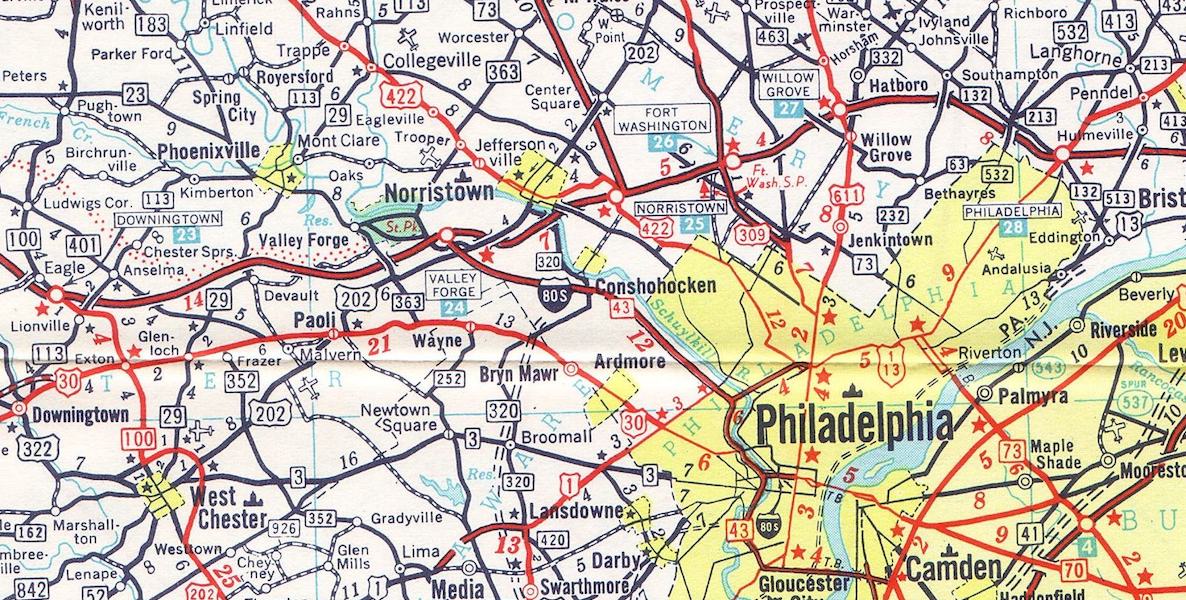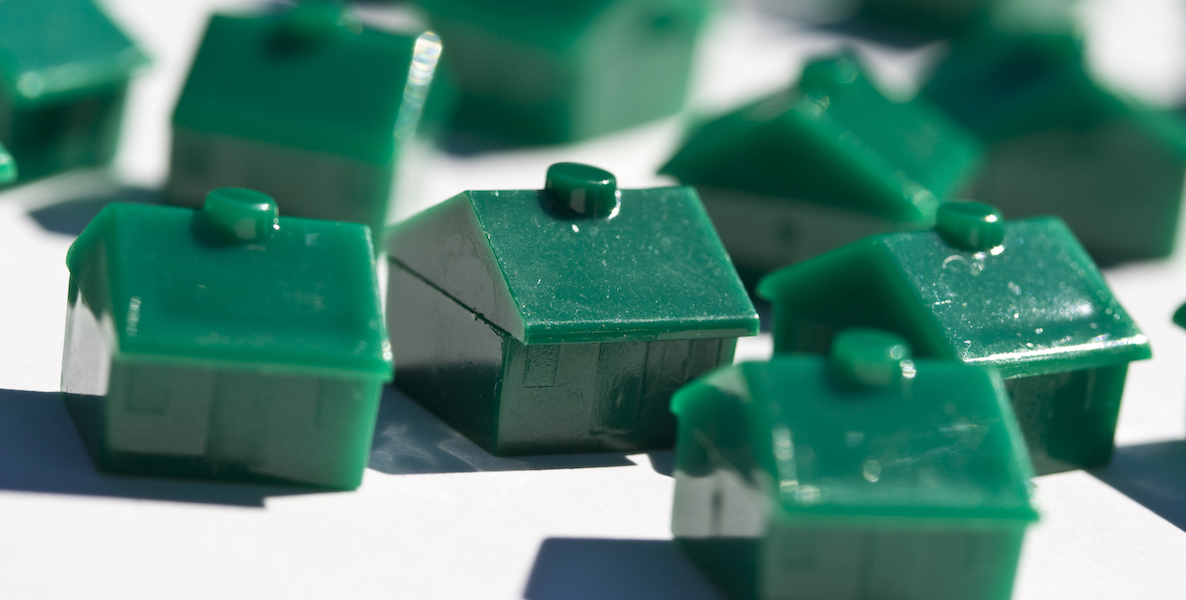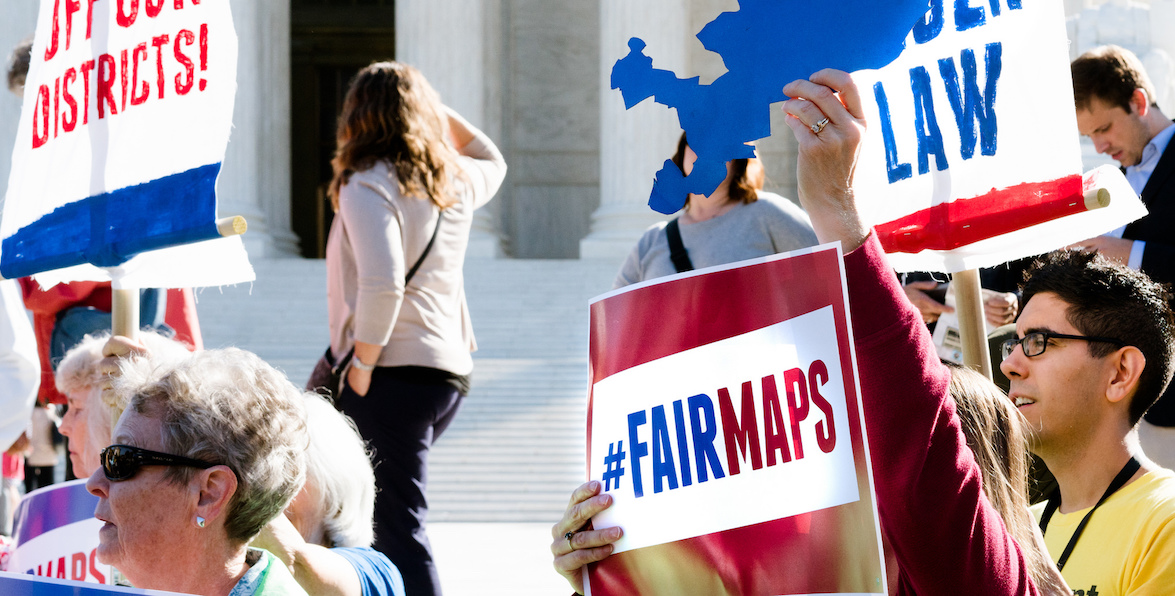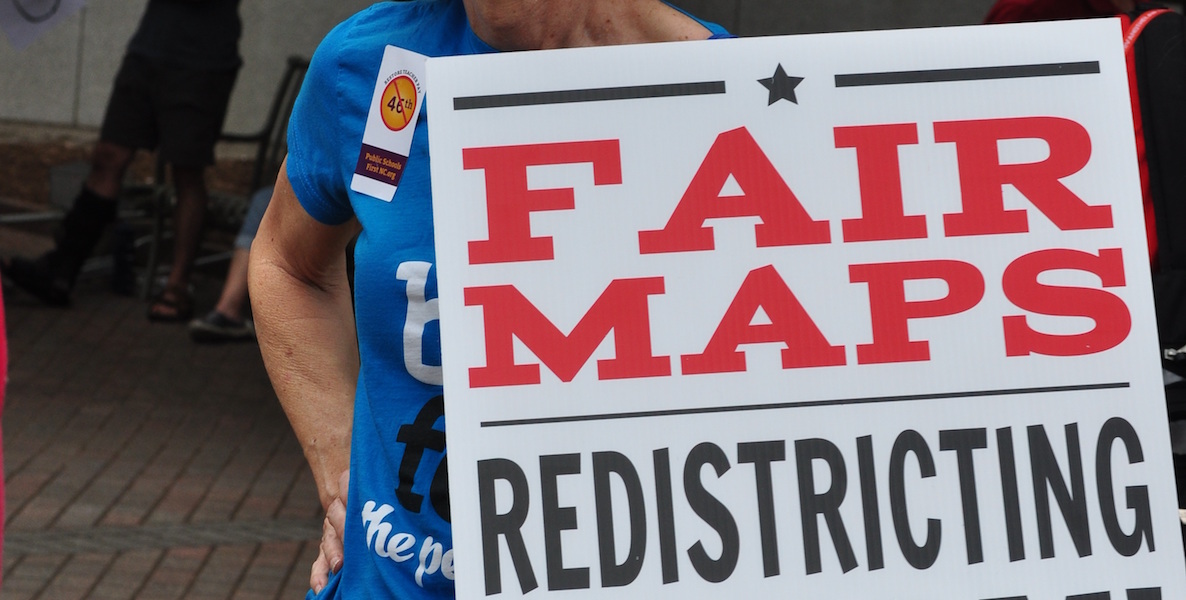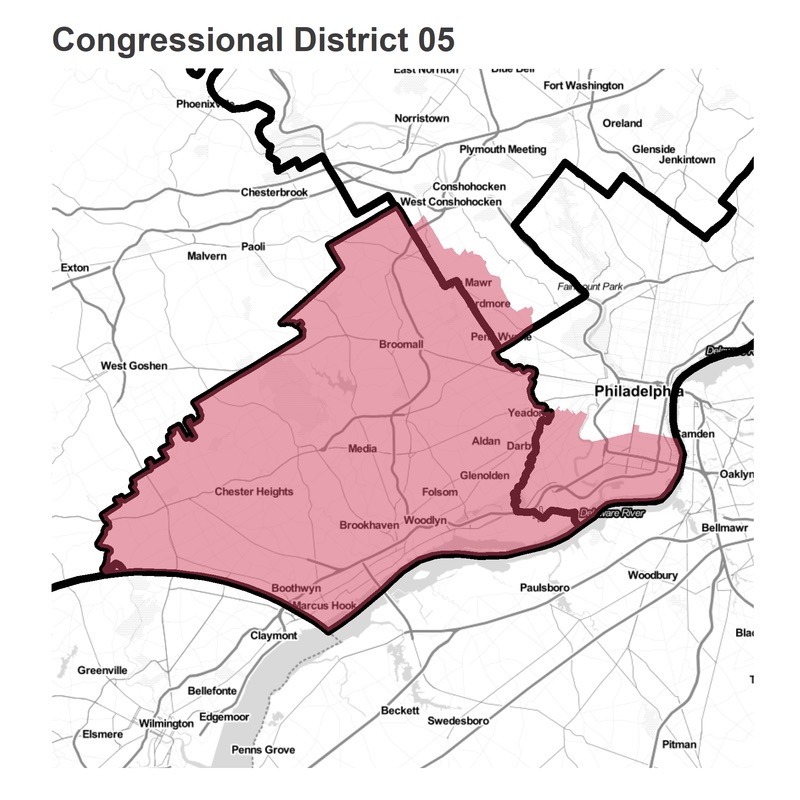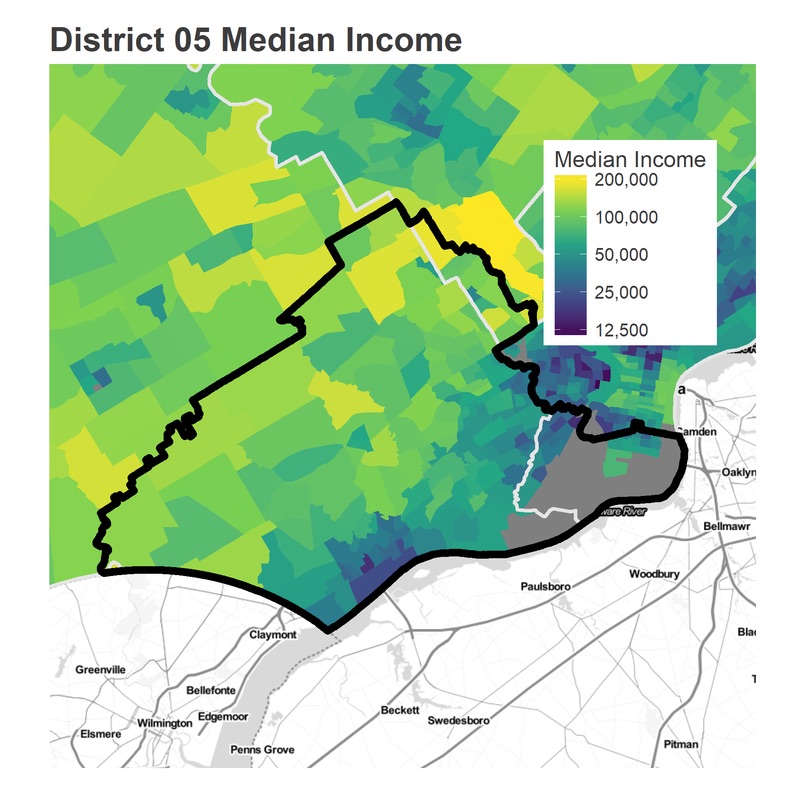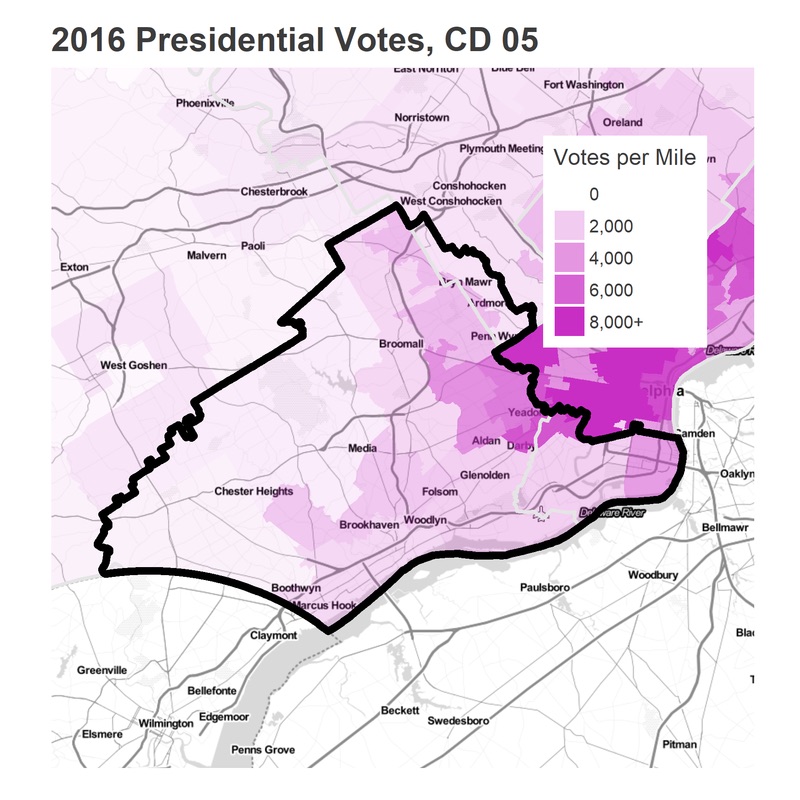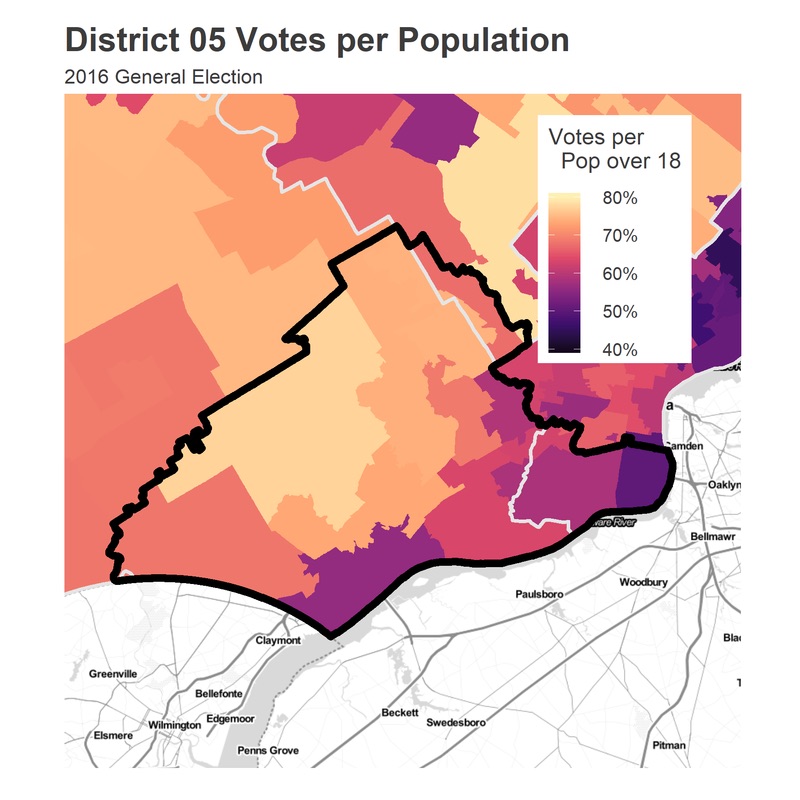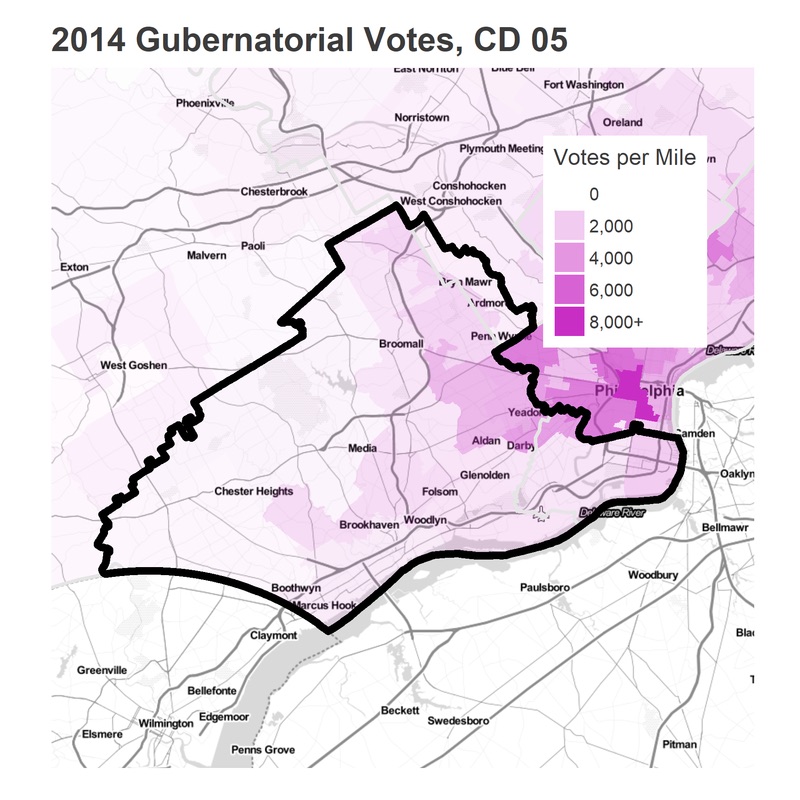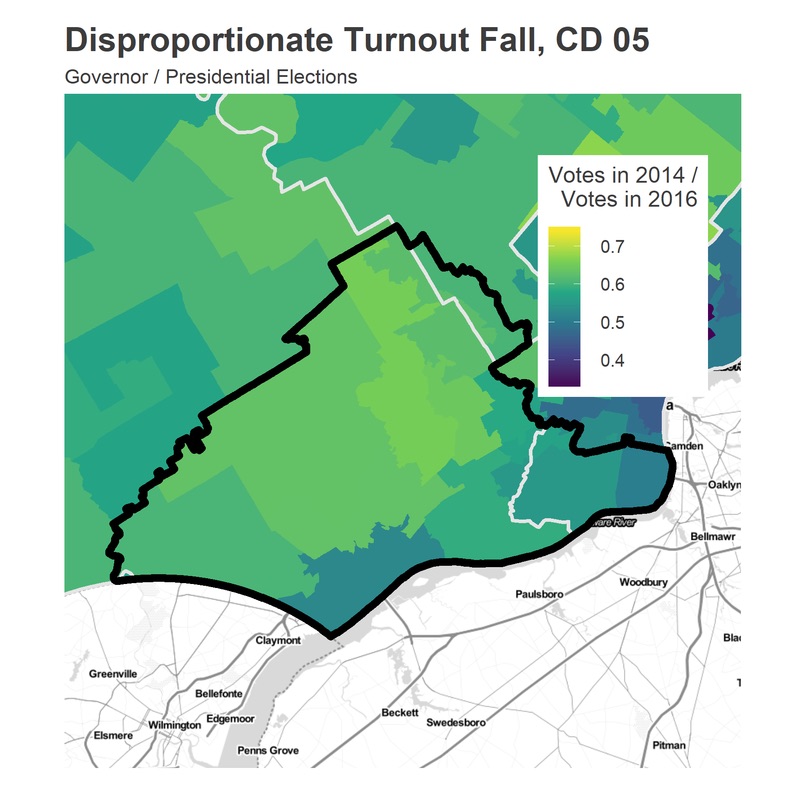Last Monday, the U.S. Supreme Court made a unanimous decision to reject state Republicans’ efforts to block the new Pennsylvania congressional district map from going into effect for the upcoming May primary. That means Philadelphians should start getting to know the new map—and its implications—before heading to the polls this spring.
Using data from the Open Elections Project, I’m profiling each of the region’s new Congressional Districts, exploring who the residents are demographically, and how they voted in past elections. (For more information on methodology, see the note at the bottom of this piece.)
Learn everything you need to know about District 5 below. Read about District 2, District 3 and District 4. And check back in tomorrow for our deep dive into District 1.

About District 5: District 05 is the first district we’re looking at that stretches outside of Philadelphia. In total, 80% of its population comees from Delaware County, 16% from Philadelphia, and 4% from Montgomery. (That area in South Philly is deceiving; much of it is industrial and has no population).
The Incumbent: The new 5th District is made up of a plurality of the old 7th District, which was represented by Pat Meehan (R)
How it Leans: Democrat

The district contains portions of Bob Brady’s old District 1, which used to stretch out to Chester in order to gerrymander Democratic votes together. It is much less gerrymandered now, though still doesn’t have any Republican strongholds.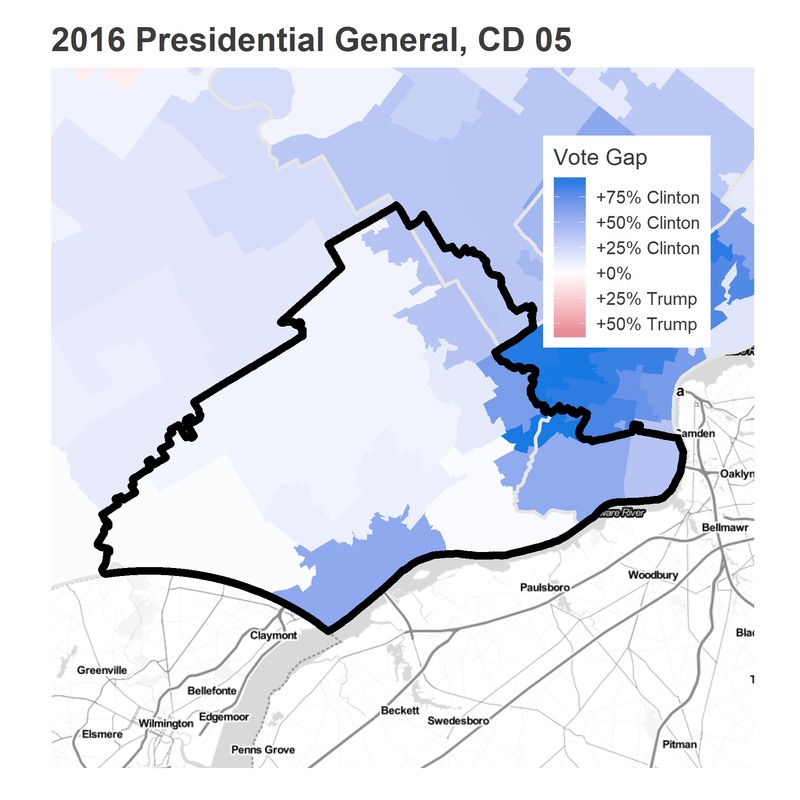
Turnout for the district is high, running six percentage points higher than the state as a whole. That largely is due to the wealthiest suburbs, where 70-80% of the over-18 population votes.
They also fall off less than the rest of the state between Presidential and Gubernatorial elections.
Again, much of the interesting story of the district is in the 2016 Democratic Primary. The district voted largely for Clinton, with a pattern that we saw in other Districts: Black neighborhoods overwhelmingly supported Clinton, wealthier White neighborhoods still supported her by around 20 percentage points, and middle income White neighborhoods and students swung the hardest towards Bernie (though still ended up at close to an even split).
This district displays the largest over-representation of White voters that we’ve seen so far; they represent 64% of the population, but 69% of the vote in 2014. We will see if that continues in this high-attention Gubernatorial race this November.
A note about methodology:
I use data from the Open Elections Project (www.openelections.net). I aggregate their results to the State House boundaries, which are provided by the Census and which I accessed using the tidycensus package. When one of the new districts cuts a State House district into pieces, I apportion the votes to that district by calculating the 2010 population of the overlapping area, and distribute a State House District’s votes proportionately. This is equivalent to assuming that all voters in a State House District vote similarly, which is not a bad assumption when the State House Districts are much smaller than the Congressional Districts.
The racial tables show the average vote of the districts in which residents of that race live. This is not the same as knowing that residents of that race voted that way. If 500 residents of a State House District are Asian, and that district voted 60 percent for Clinton, 40 percent for Trump, I assume that those residents voted 60-40 for Clinton. This would not be true if within districts, racial groups vote systematically differently. This assumption works best when (a) the State House Districts are small relative to the Congressional Districts and (b) a racial group is well represented. When a racial group only has low representation, this will make the differences between the groups seem smaller than they actually are.
Jonathan Tannen is an urban demographer who operates the blog sixty-six wards, where this analysis originally appeared.
Photo via Flickr


